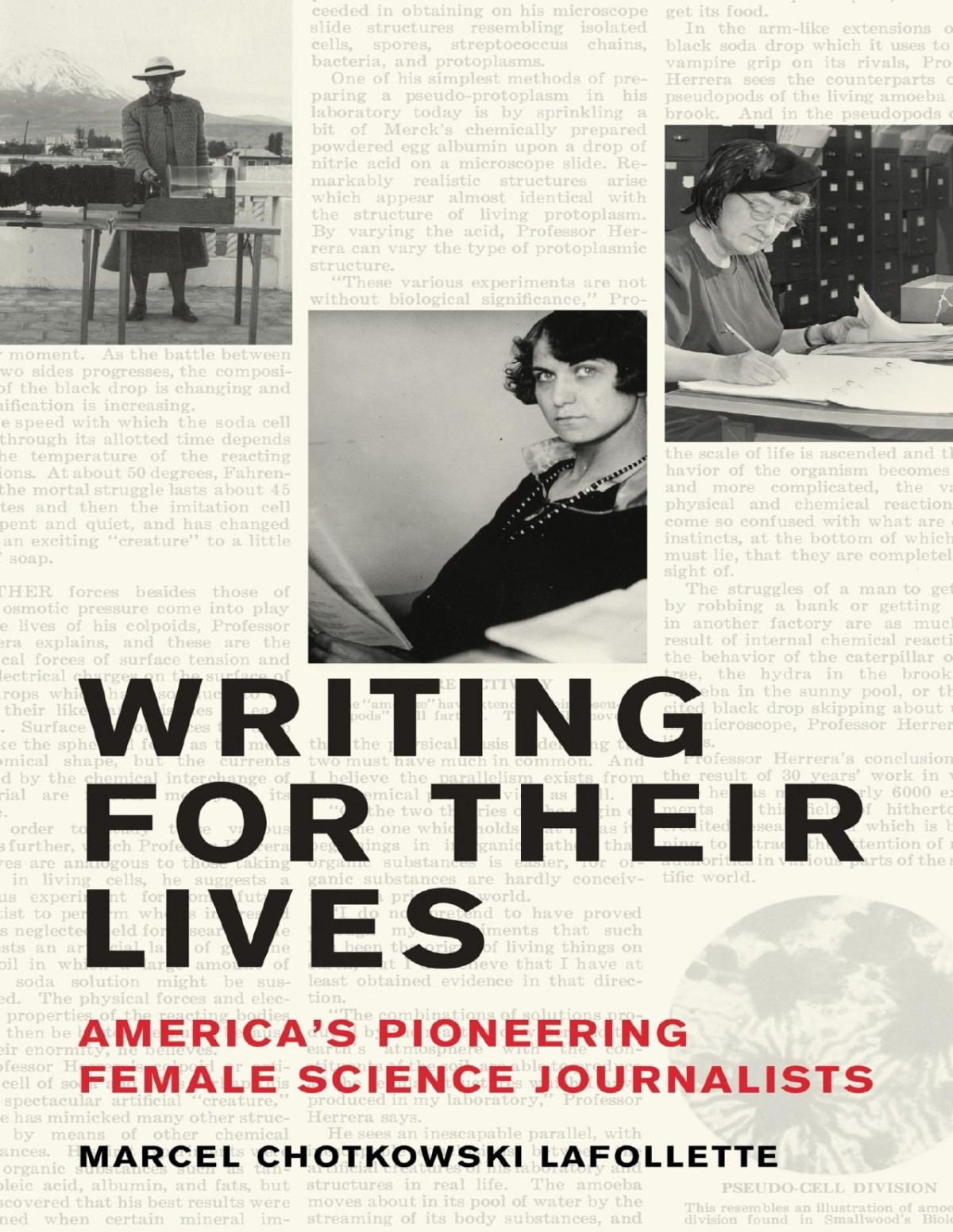

Most ebook files are in PDF format, so you can easily read them using various software such as Foxit Reader or directly on the Google Chrome browser.
Some ebook files are released by publishers in other formats such as .awz, .mobi, .epub, .fb2, etc. You may need to install specific software to read these formats on mobile/PC, such as Calibre.
Please read the tutorial at this link: https://ebookbell.com/faq
We offer FREE conversion to the popular formats you request; however, this may take some time. Therefore, right after payment, please email us, and we will try to provide the service as quickly as possible.
For some exceptional file formats or broken links (if any), please refrain from opening any disputes. Instead, email us first, and we will try to assist within a maximum of 6 hours.
EbookBell Team

4.0
56 reviewsA breathtaking history of America’s trail-blazing female science journalists—and the timely lessons they can teach us about equity, access, collaboration, and persistence.
Writing for Their Lives tells the stories of women who pioneered the nascent profession of science journalism from the 1920s through the 1950s. Like the “hidden figures” of science, such as Dorothy Vaughan and Katherine Johnson, these women journalists, Marcel Chotkowski LaFollette writes, were also overlooked in traditional histories of science and journalism. But, at a time when science, medicine, and the mass media were expanding dramatically, Emma Reh, Jane Stafford, Marjorie Van de Water, and many others were explaining theories, discoveries, and medical advances to millions of readers via syndicated news stories, weekly columns, weekend features, and books—and they deserve the recognition they have long been denied.
Grounded in extensive archival research and enlivened by passages of original correspondence, Writing for Their Lives addresses topics such as censorship, peer review, and news embargoes, while also providing intimate glimpses into the personal lives and adventures of mid-twentieth-century career women. They were single, married, or divorced; mothers with child-care responsibilities; daughters supporting widowed mothers; urban dwellers who lived through, and wrote about, the Great Depression, World War II, and the dawn of the Atomic Age—all the while, daring to challenge the arrogance and misogyny of the male scientific community in pursuit of information that could serve the public.
Written at a time when trust in science is at a premium, Writing for Their Lives is an inspiring untold history that underscores just how crucial dedicated, conscientious journalists are to the public understanding and acceptance of scientific guidance and expertise.